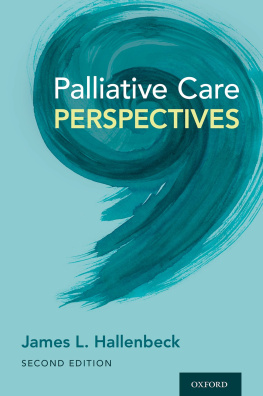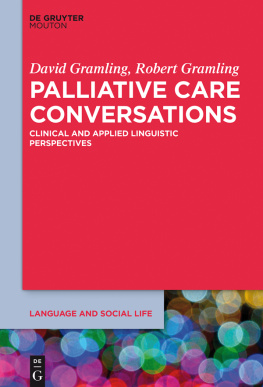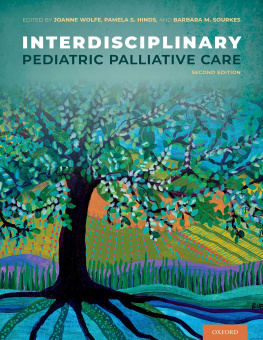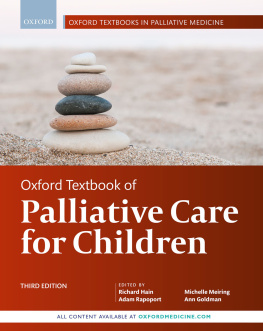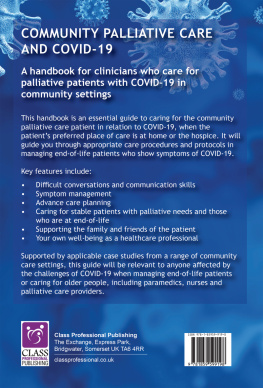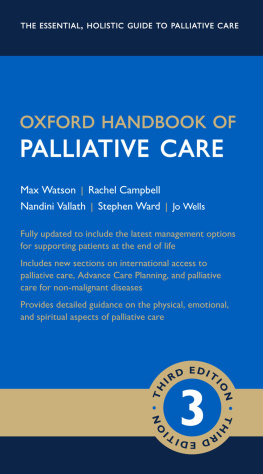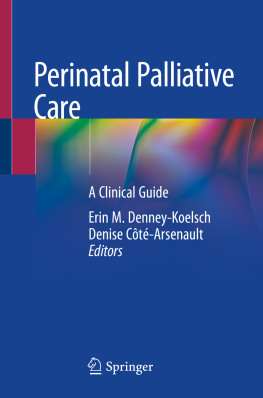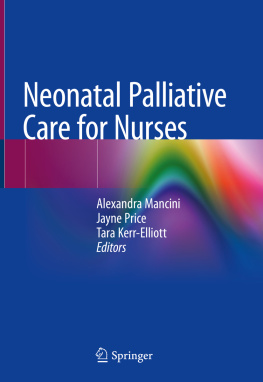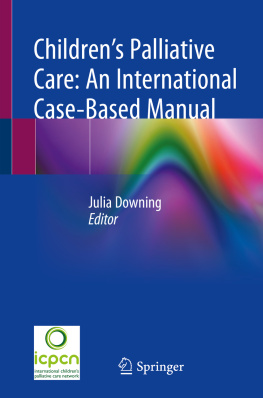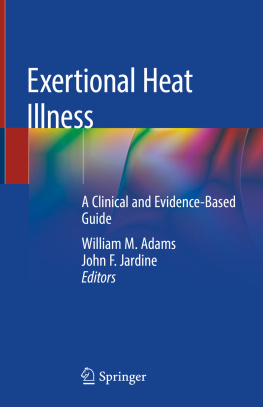Palliative Care Perspectives

Oxford University Press is a department of the University of Oxford. It furthers the Universitys objective of excellence in research, scholarship, and education by publishing worldwide. Oxford is a registered trade mark of Oxford University Press in the UK and certain other countries.
Published in the United States of America by Oxford University Press
198 Madison Avenue, New York, NY 10016, United States of America.
Oxford University Press 2022
First Edition published in 2003
All rights reserved. No part of this publication may be reproduced, stored in a retrieval system, or transmitted, in any form or by any means, without the prior permission in writing of Oxford University Press, or as expressly permitted by law, by license, or under terms agreed with the appropriate reproduction rights organization. Inquiries concerning reproduction outside the scope of the above should be sent to the Rights Department, Oxford University Press, at the address above.
You must not circulate this work in any other form and you must impose this same condition on any acquirer.
Library of Congress Cataloging-in-Publication Data
Names: Hallenbeck, James L., author.
Title: Palliative care perspectives / James L. Hallenbeck.
Description: 2 edition. | New York, NY : Oxford University Press, [2022] |
Includes bibliographical references and index.
Identifiers: LCCN 2021045003 (print) | LCCN 2021045004 (ebook) |
ISBN 9780197542910 (paperback) | ISBN 9780197542934 (epub) |
ISBN 9780197542941 (online)
Subjects: MESH: Palliative Caremethods | Attitude to Death |
Pain Management | Physician-Patient Relations
Classification: LCC RT87.T45 (print) | LCC RT87.T45 (ebook) |
NLM WB 310 a | DDC 616.02/9dc23
LC record available at https://lccn.loc.gov/2021045003
LC ebook record available at https://lccn.loc.gov/2021045004
DOI: 10.1093/med/9780197542910.001.0001
This material is not intended to be, and should not be considered, a substitute for medical or other professional advice. Treatment for the conditions described in this material is highly dependent on the individual circumstances. And, while this material is designed to offer accurate information with respect to the subject matter covered and to be current as of the time it was written, research and knowledge about medical and health issues is constantly evolving and dose schedules for medications are being revised continually, with new side effects recognized and accounted for regularly. Readers must therefore always check the product information and clinical procedures with the most up-to-date published product information and data sheets provided by the manufacturers and the most recent codes of conduct and safety regulation. The publisher and the authors make no representations or warranties to readers, express or implied, as to the accuracy or completeness of this material. Without limiting the foregoing, the publisher and the authors make no representations or warranties as to the accuracy or efficacy of the drug dosages mentioned in the material. The authors and the publisher do not accept, and expressly disclaim, any responsibility for any liability, loss, or risk that may be claimed or incurred as a consequence of the use and/or application of any of the contents of this material.
For my daughter, Mika
Contents
The purpose of todays training is to defeat yesterdays understanding.
Miyamoto Musashi , Japanese sword master
Almost 20 years have passed since the first edition of this book. As the saying goes, everything has changed, and nothing has changed. Hospice and palliative medicine has become a medical subspecialty and most health care systems now have a palliative care program. However, despite this real progress, fundamental challenges remain. If anything, they have become more urgent, as our population ages and we encounter new plagues. The dominant medical ethos still focuses on cure. The unavoidable consequences of mortalityaging, dying, and associated sufferingare relatively neglected. Palliative care as a specialty may now have a seat at the table, but gaining that seat has been hard fought and we cannot rest easy.
I too have changed. In the first edition I wrote from the perspective of a middle-aged clinician. Since then, I have taken on more administrative responsibilities and have aged, now becoming certifiably geriatric myself. Both changes significantly alter my perspective and affect this revision. The target audience is still the young clinician, now perhaps starting a career in palliative care.

